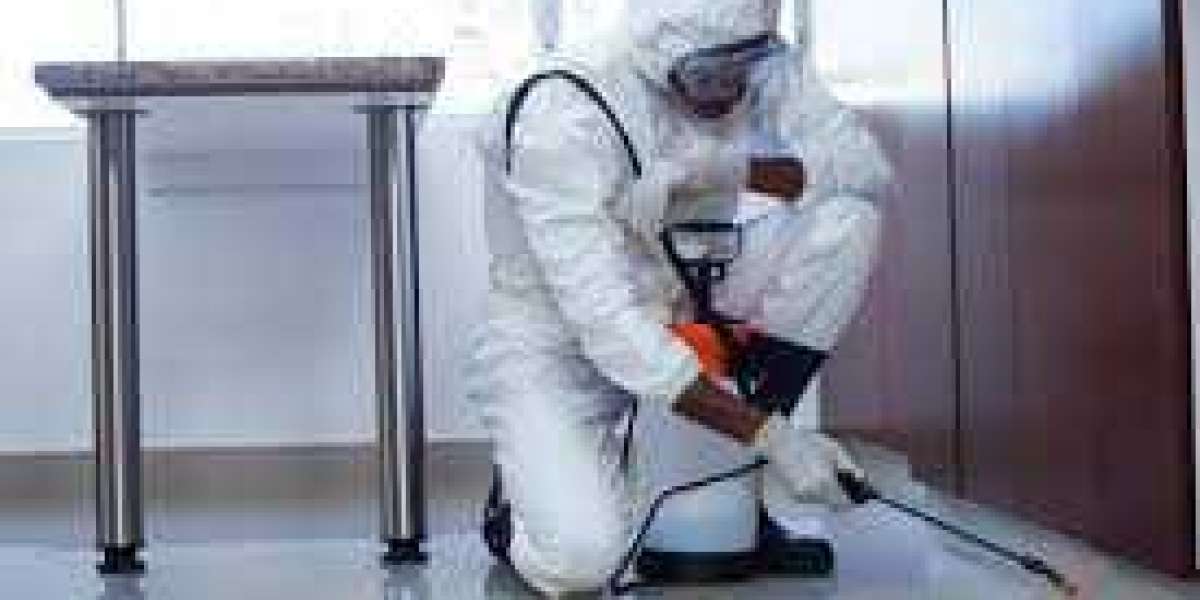Introduction
As the weather warms up, outdoor living becomes more inviting—until uninvited guests like wasps show up. These buzzing insects can quickly disrupt picnics, gardening sessions, and even indoor comfort if they find a way inside. While they play an essential role in the ecosystem, wasps can also pose serious threats to health and safety, especially when they nest close to human activity. Knowing how to deter wasps, prevent infestations, and respond to nest sightings can make a significant difference in maintaining a safe and peaceful environment.
Understanding Wasps and Their Behavior
Wasps are flying insects known for their narrow waists, bright colors, and ability to sting multiple times. Unlike bees, which die after stinging, wasps can sting repeatedly, making them more aggressive when provoked. Some common types found in urban and suburban areas include yellow jackets, paper wasps, and hornets. Their nests can be built under eaves, in attics, behind siding, or even underground.
Wasps are social insects that live in colonies. A queen typically starts a nest in spring, laying eggs and building a workforce. By late summer, colonies can reach populations of several thousand. This is also the time when wasps become more aggressive due to food shortages, especially sweets and proteins, leading them to invade human spaces more often.
Risks and Health Concerns
While a single wasp sting is painful, multiple stings or allergic reactions can be life-threatening. Stings may cause swelling, redness, and itching. In more severe cases, symptoms may include difficulty breathing, dizziness, and anaphylactic shock. For individuals with known allergies, even one sting can require emergency medical attention.
Wasps also pose risks beyond physical harm. Their aggressive behavior can cause panic, especially among children and pets. Nests located near entrances, windows, or recreational areas increase the likelihood of unwanted encounters. Moreover, disturbing a nest—whether intentionally or accidentally—can trigger a mass attack, heightening the risk of multiple stings.
Common Nesting Sites and Warning Signs
Wasps are resourceful builders. Depending on the species, they may choose hidden, protected areas such as:
Under roof eaves or overhangs
Inside wall voids or attic spaces
In garden sheds or garages
Underground burrows or compost piles
Behind shutters, vents, or exterior panels
The most visible sign of a wasp problem is the presence of a nest. These structures vary in shape and size. Paper wasps create open, umbrella-like nests, while yellow jackets build enclosed nests that may not be visible if underground or inside structures. You might also notice increased wasp activity, particularly in one area, indicating a nearby colony.
Natural and Preventive Measures
Proactive steps can reduce the chances of wasps settling near your property. Here are a few effective strategies:
Seal Entry Points
Check for cracks in walls, broken screens, or unsealed vents. Repairing these can prevent wasps from entering indoor spaces to build nests.
Eliminate Food Sources
Wasps are attracted to sweet and protein-rich foods. Always cover trash bins tightly, clean up outdoor food spills promptly, and avoid leaving pet food outside.
Maintain the Yard
Regularly trim hedges, mow the lawn, and clear fallen fruit or compost piles. Minimizing clutter and debris can discourage nest building.
Use Natural Deterrents
Peppermint oil, clove oil, and citronella are known to repel wasps. Applying these oils to common nesting spots may help reduce attraction. Hanging decoy wasp nests can also be effective, as many species avoid building near other colonies.
Avoid Bright Colors and Strong Fragrances
When spending time outdoors, avoid wearing floral prints, bright clothing, or heavy perfumes, as these can attract wasps.
What to Do If You Find a Wasp Nest
Finding a wasp nest on your property can be alarming. It's important to assess the situation calmly and avoid immediate confrontation.
Do Not Disturb the Nest
Attempting to knock down or destroy the nest yourself can provoke an aggressive response from the colony. Wasps defend their nests fiercely and can sting multiple times if threatened.
Observe from a Distance
Try to determine the size of the nest, the level of activity, and the location. This information is helpful if you decide to consult a pest control expert.
Limit Outdoor Activity Near the Area
Keep children and pets away from the affected zone. Post a visible warning sign if the nest is near a commonly used pathway or entry.
When to Seek Professional Help
While small nests discovered early in the season may be manageable with over-the-counter sprays, larger or hard-to-reach nests are best handled by professionals. Trained pest control technicians have the tools, protective gear, and expertise needed to remove wasp colonies safely and effectively.
Professionals will evaluate the situation, identify the species, and determine the best treatment method. This may involve using chemical treatments, dusting agents, or traps. In some cases, they may also recommend structural repairs or follow-up inspections to ensure the issue doesn’t recur.
Midway through the summer, many homeowners begin searching for wasp pest control near me to ensure a quick, reliable solution. This service is especially important when dealing with aggressive species or repeated infestations, as it provides peace of mind and prevents potential injuries.
Post-Removal Measures and Long-Term Prevention
After a nest has been removed, it’s crucial to clean and monitor the affected area. Wash the site with soapy water to remove pheromone traces that might attract new wasps. Keep an eye on the location over the next few weeks for signs of rebuilding.
You can also take long-term measures, such as:
Installing mesh over vents and chimneys
Using wasp-repellent plants like spearmint, thyme, and eucalyptus
Regularly inspecting your home’s exterior, especially in spring and summer
Working with pest control services for annual inspections
Benefits of Hiring a Local Pest Control Company
Choosing a local pest control service offers several advantages. They’re more familiar with regional wasp species, seasonal behaviors, and common nesting sites in your area. Local professionals also offer faster response times and customized solutions based on your property’s unique features.
Moreover, many companies provide follow-up visits and guarantee their work, giving homeowners extra assurance. This can be especially useful for those living near wooded areas, parks, or water bodies where wasp populations are higher.
Addressing Wasp Problems in Commercial Spaces
Wasp infestations are not limited to homes. Restaurants, cafes, schools, and other public venues can also face challenges, especially those with outdoor seating or open trash areas. A single sting incident on your premises can impact customer safety and your reputation.
Business owners should implement a regular inspection routine, train staff on how to spot early signs of nests, and establish a relationship with a reliable pest control company for timely intervention. Posting discreet signage, maintaining waste control, and scheduling services before peak season are proactive steps that can save both money and liability.
Conclusion
Wasps are an integral part of the environment but can become a serious nuisance when they nest too close for comfort. Knowing how to identify early signs, take preventive action, and respond appropriately can make a significant difference in maintaining a safe and enjoyable space for your family or customers.
Whether you're dealing with a nest in your backyard or concerned about a recurring issue, professional help is often the safest and most effective route. By staying informed and vigilant, you can reduce the risks posed by wasps and ensure your home or business remains a safe haven throughout the warm months.













